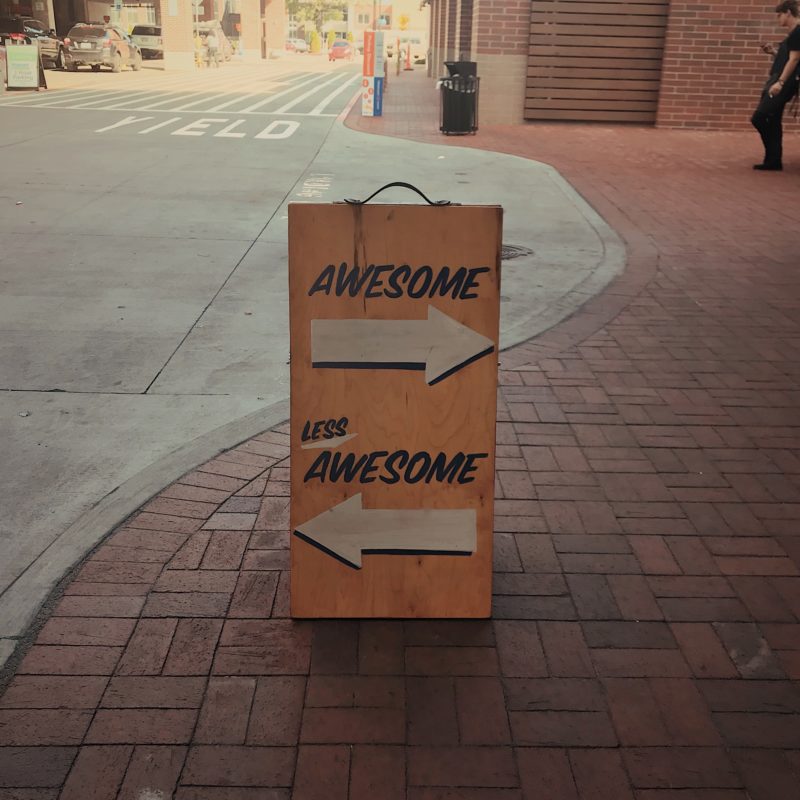Feedforward to Feedback

Feedback really only works properly when you’ve got a clear reference point you’re feeding back against.
This tool will help you kick start the feedback process by building a really simple and effective set of references.
What will it do?
This tool will help you kick start the feedback process by building a really simple and effective set of references.
Three steps to take
Get focused on the things that will make the most impact for you.
1. Learn how to build your scorecard
First of all, you need to create a feedback guidance system. If you fill in this table, it’ll make sure you and everyone else who’s giving you feedback is on the same page when it comes to sharing perspectives.
The Feedback Scorecard (work out your own versions for the things that are important to you). Taking the time to build this will really help you and the people you ask to give you feedback.
| Performance Factor | Beginner (0-3) | Intermediate (4-7) | Advanced (8-10) |
|---|---|---|---|
|
Speed of decision making |
Keeps asking everyone what they think.
Eventually makes a decision but doesn’t seem certain. |
Gathers focused information, seeks validation/lead from key people.
Decision feels fairly quick, and relatively certain. |
Opinions gathered and considered quickly.
Clear frame of reference evident. Decision is made and clearly communicated at speed. |
|
Using a coaching style |
Asks closed questions.
Asks with a sense there is a ‘right’ answer. Listens but then tells what to do anyway. |
A balance of asking and telling.
Some open questions asks. Answers explored to help confirm thinking/consider options. Feels a little like they’re guiding to an answer. |
Establishes shared picture of success.
Asks great questions to challenge thinking. Helps to find maximum confidence in answers. Works collaboratively to use expertise. |
|
Presenting with energy/confidence |
Very self-conscious.
Energy is focused on remembering and trying not to make mistakes. Seems to be seeking validation from the audience. |
Moving around.
Making some eye-contact, with warmth and confidence. Focus is on using energy to reinforce messages, some of the time. |
Makes a strong start and engages with the audience immediately.
Looks comfortable and enjoys connecting with the audience. Audience is taken along with the presenter’s energy and this helps deliver full impact. |
2. Gather some feedback
Now that you’ve got your scorecard, the next step is gather some feedback from yourself and your feedback partners at the key times when you want to get some collective feedback to use.
Ahead of time, share with the people who you want to give you feedback. Give them the scorecard and ask them to be ready after the event to share their scores and thoughts with you. The scorecard will tune them in to the qualities to be looking out for.
After the performance event, complete your own rating of how well you did and gather in the scores and observations from the people you asked.
Put the scores into one table so you can see the different perspectives in one place.
3. Making sense of the feedback
Looking across the scores you’ve got from yourself and your colleagues it’s time to filter through to look for the following prompts to action:
| Feedback conclusion | Action to take |
|---|---|
| Everyone has feedback that performance is strong. | Ask whether it’s strong enough and decide whether you need to push on to a new level. |
| Everyone has feedback that performance is ok. | Identify the next obvious step to take that will help move you on to a higher level. |
| Everyone has feedback that performance is at a low level. | Get some expert input to help you plan what the next steps are to get this area improving. |
| You think you’re stronger than everyone else does. | Go and get specific insight into why people scored you as they did and get advice about what to focus on to help improve in their eyes. |
| Everyone else thinks you’re stronger than you do. | Remind yourself you’re probably very self-critical. Re-assess the performance and look for all of the best bits. Set some targets to keep improving those best bits further. |
Your plan
Get a plan Stan.
The basics you need to have in your plan are set out below. As well as these we’d encourage you to:
- Think about the people who need to know that you’re using this tool and tell them what you’re doing. That way they can support you and won’t think you’re just being weird.
- Think about the impact you want from using this tool. Depending on your starting point, how hard you work and how ambitious you are, you might not get that impact straight away. So valuing progress rather than perfection will help build your confidence and keep you going.
Plan basics
- What are you going to do? (This bit is easy – it’s probably the 3 things listed above.)
My actions:
- When are you going to do these things? (You don’t have to be great to get going, but you better get going if you want to be great)
My start date:
- How often will you be doing them? (Getting great has a lot to do with making things a habit)
Check-in frequency and dates:
Get serious
The difference between having a plan and making it work is about action. So get this in your diary now. Tell the people who need to know so that they can support you and won’t just think you’re being weird. Do it now.
Remember, it’s progress not perfection. You’re looking for gradual improvement, not for Rome to be built in a day.
